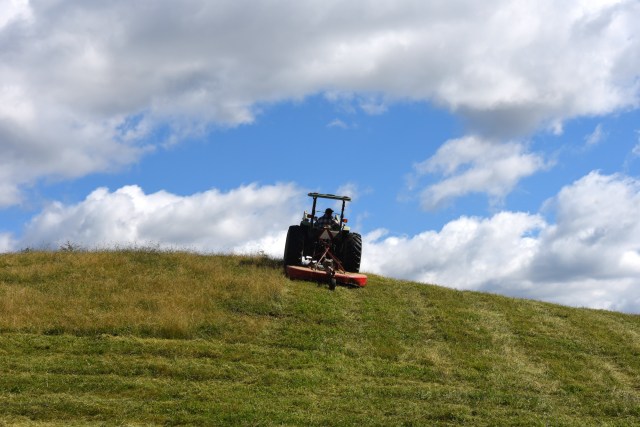Common Signs of a Faulty Bush Hog Gearbox and How to Repair It

Whether you’re a seasoned farmer or a homeowner managing a sprawling property, a bush hog is an indispensable tool for keeping your land in top shape. However, like any piece of machinery, the gearbox of your bush hog can experience issues that affect its efficiency over time. By learning to identify the warning signs of a malfunctioning gearbox and understanding how to address repairs, you can protect your investment and avoid costly downtime. In this article, we’ll explore common indicators of a faulty bush hog gearbox and share practical repair tips to help you get back to work quickly.
Grinding or Clunking Noises
One of the most obvious signs that your bush hog gearbox may be faulty is if you hear grinding or clunking noises while operating it. These noises can indicate worn gears or bearings within the gearbox. Ignoring these sounds can lead to further damage and eventual failure of the gearbox.
To repair a faulty gearbox with grinding or clunking noises, you will need to disassemble it. Start by disconnecting the power source and removing any debris around the gearbox area. Then, carefully remove the bolts holding the gearbox in place and separate it from the rest of the equipment. Inspect all gears and bearings for wear or damage. If any parts are worn out or broken, replace them with new ones. Reassemble the gearbox carefully, ensuring all bolts are tightened properly.
Leaking Fluids
Another sign that your bush hog gearbox may need repair is if you notice leaking fluids around it. A leaking gearbox can be caused by damaged seals or gaskets that allow oil to escape from within.
To fix a leaking bush hog gearbox, start by draining all remaining fluid from it into a suitable container. Once drained, remove any debris around the area and clean it thoroughly using a degreaser. Inspect all seals and gaskets for signs of wear or damage. If any are found to be faulty, replace them with new ones. Before reassembling the gearbox, ensure all surfaces are clean and free from debris. Refill the gearbox with the appropriate amount and type of oil, as specified in the manufacturer’s manual.
Loss of Power or Sluggish Performance
If you notice a loss of power or sluggish performance while operating your bush hog, it could be a sign of a faulty gearbox. A worn-out or damaged gearbox can affect the overall performance of your equipment, resulting in reduced cutting power and slower blade rotation.
To repair a bush hog gearbox that is causing a loss of power or sluggish performance, start by inspecting the drive belt tension. If it is loose or worn out, replace it with a new one. Next, check the gears for any signs of wear or damage. If necessary, replace any worn-out gears to restore optimal performance. Additionally, ensure that all other components connected to the gearbox are properly aligned and functioning correctly.
Excessive Vibration
Excessive vibration while operating your bush hog can be an indication of a faulty gearbox. This vibration can be caused by misaligned gears, worn bearings, or imbalanced blades within the gearbox.
To address excessive vibration in your bush hog gearbox, start by checking for loose bolts and connections around the gearbox area. Tighten any loose bolts to ensure proper alignment. Next, inspect all gears and bearings for wear or damage and replace them if needed. If imbalanced blades are causing the vibration, carefully remove them from the gearbox and balance them using specialized equipment or seek professional assistance if necessary.
In conclusion, recognizing the signs of a faulty bush hog gearbox is crucial for maintaining its optimal performance. By addressing these issues promptly and following proper repair procedures, you can extend the lifespan of your bush hog and ensure efficient land maintenance operations for years to come. Remember to consult your manufacturer’s manual for specific instructions on repairing your particular model of bush hog gearbox.
This text was generated using a large language model, and select text has been reviewed and moderated for purposes such as readability.





